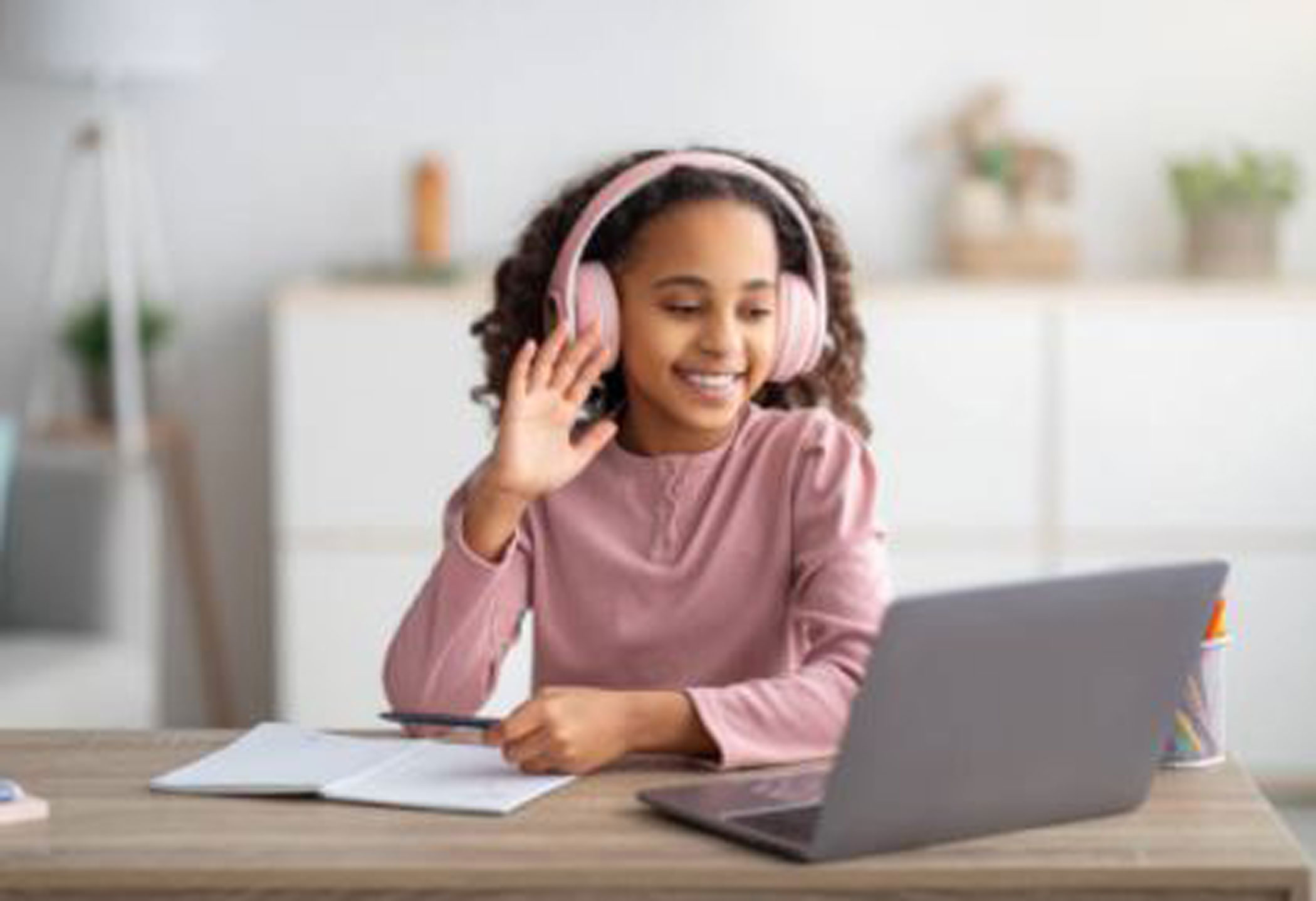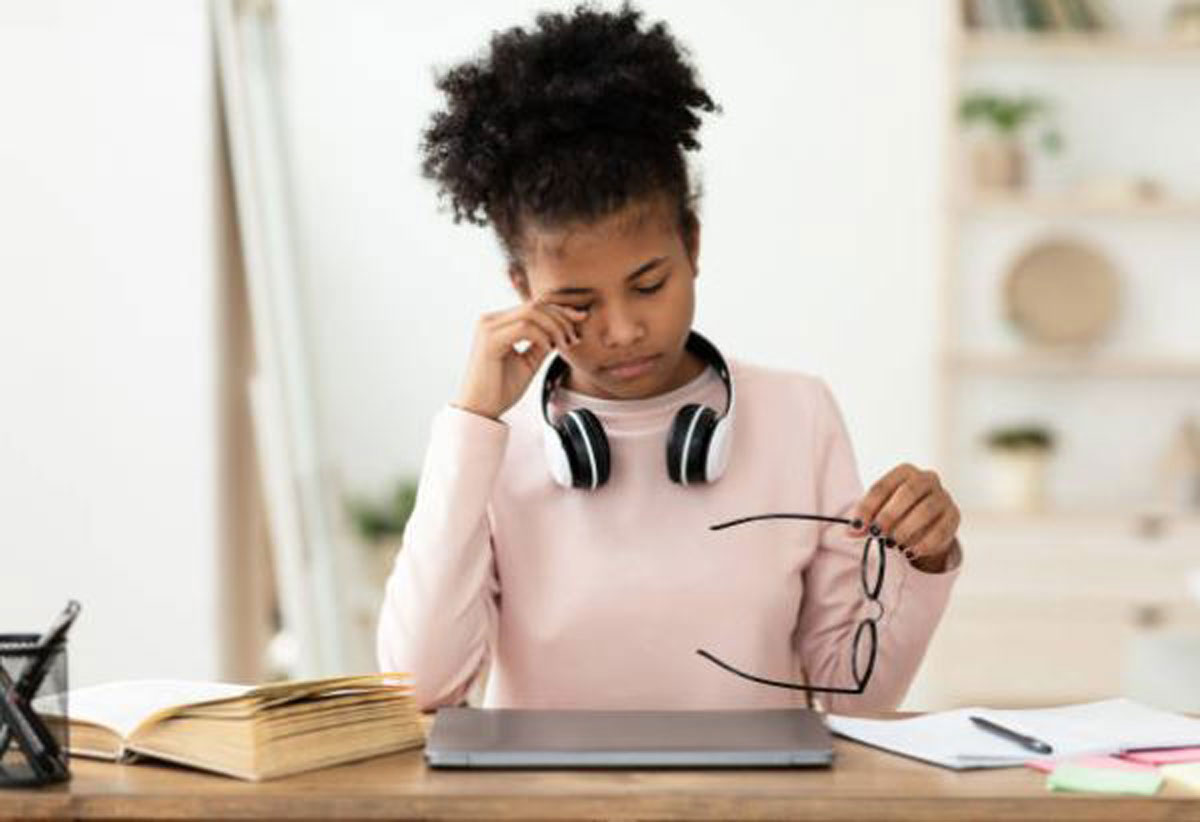Anticipating a School Year Marked by Complaints of Eye Strain
When COVID-19 shut classrooms in 2020, many parents turned to online or digital channels to get some continuing education for their children. One apparent effect being observed is that kids can develop tired, dry eyes from concentrating on laptops and computers for extended periods of time. To help prepare students and their families for the school year that has finally began, Georgina Eye Clinic would like to share some tips from the American Association of Ophthalmologists to prevent digital eye strain.
What is cause of digital eye strain?
The simple fact behind the headaches, blurry vision, and tired, dry eyes is that we don’t blink as often while using computers and other digital devices, leaving eyes dry and irritated. And when we focus at the same distance for a long time, it can cause our vision to blur temporarily, and the muscles around the eye to tire, which can cause headaches. Extended reading, writing or other intensive near work can also cause eye strain.
How harmful is eye strain in kids?
Eye strain usually is not serious and goes away once the eyes are rested. Ophthalmologists recommend taking short breaks from near work every 30 minutes. For example, you could alternate reading a laptop with a real book every half hour. For younger kids, you could pre-mark books with paperclips every few chapters. When they reach a paper clip, it will remind them to stop and take a break.

Good ergonomics is as important as resting the eyes periodically. We tend to use digital devices at less than ideal distances and angles, which leads to eyestrain. To encourage good posture and better habits, try some of these tips:
-
-
- Make sure they view laptops at arm’s length. Ideally, they should have a monitor positioned at eye level, directly in front of the body.
- To reduce glare, position the light source behind the reader’s back, not behind the computer screen. Adjust the brightness and contrast on the screen for comfort.
- Avoid using a device in a dark room. As the pupil expands to accommodate the darkness, the brightness of the screen can aggravate after-images and cause discomfort.
-
Time outdoors is good for kids
Computer use and other near work activities may be driving a worldwide epidemic of nearsightedness in children, although this is not yet proven. However, some studies suggest that spending time outdoors, especially in early childhood, can slow the progression of nearsightedness.
“In our practice, we have also observed an increase in kids complaining of eye strain, probably because of high screen time. The good news is most symptoms can be avoided by taking a few simple steps,” said Dr Juliet Otiti, Ophthalmologist and Medical Director at Georgina Eye Clinic. “Kids should spend enough time outdoors, away from TV screens”.

